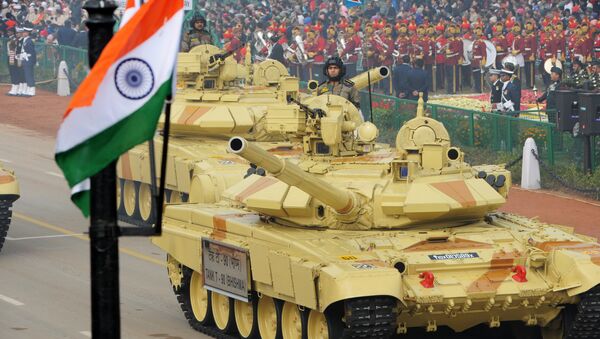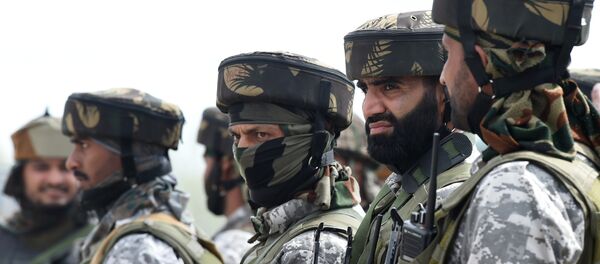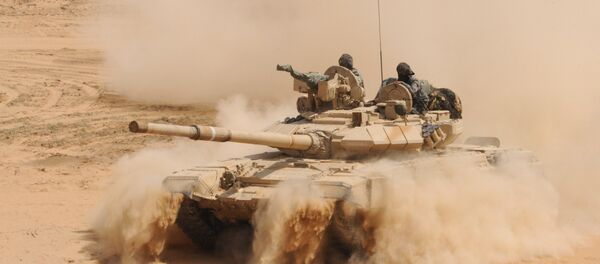New Delhi (Sputnik) — Experts said this is a stop-gap arrangement and could face implementation hassles but the Indian defense ministry considers the "release of this Doctrine could not have come at a more opportune time."
"The individual doctrine mainly comprises the modus operandi of each force for training, operations and administrations that ensures optimum results," Major General (Retired) RK Arora, the Chief Editor of Indian Military Review, said. "Such doctrine for training and operations includes guidelines for conventional operations and unconventional operations like counter insurgency, counter terrorism and nuclear warfare. When there is a joint doctrine clearly laid down, each service will be able to decide when and how to deploy its equipment, platforms, weapons systems etc in case of an exigency requiring joint operations. When there is a commonality in the modus operandi and testing, development of equipment and platforms, it saves time and cost and increases the efficacy of joint operations."
India's Defense Ministry said the Joint Military Doctrine will serve as a reference document for all three Services to plan integrated operations. But, in the absence of a Chief of Defense Staff, implementation would be very difficult. "This is a stop-gap arrangement in the absence of a Chief of Defense Staff. Currently, we have Chiefs of Staff Committee, who is nominal chairman not chief of command; so he may ask all the services to act according to joint military doctrine but cannot enforce it on all the forces. If any of the services find difficulties in following his order, Chief of Staff Committee can't do anything," Arora added.
The Chief of Defense Staff will be a single-point military advisor to the defense ministry on armed forces matters.




